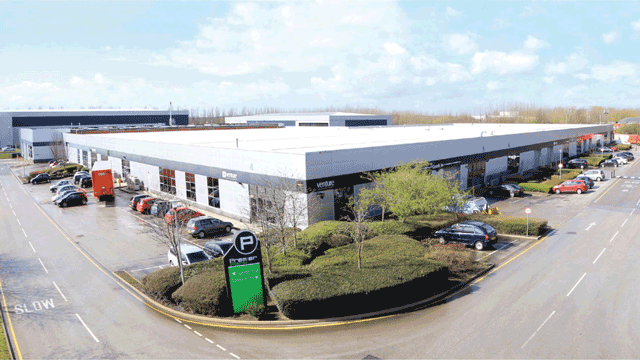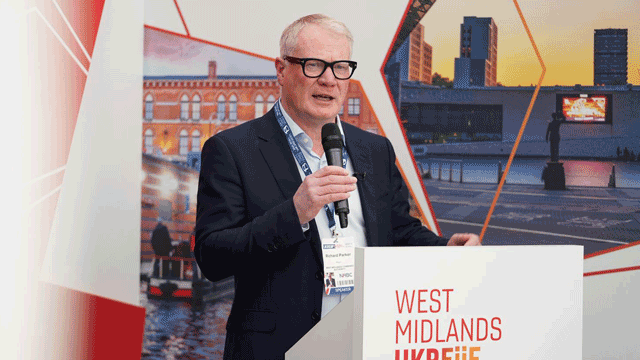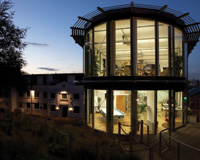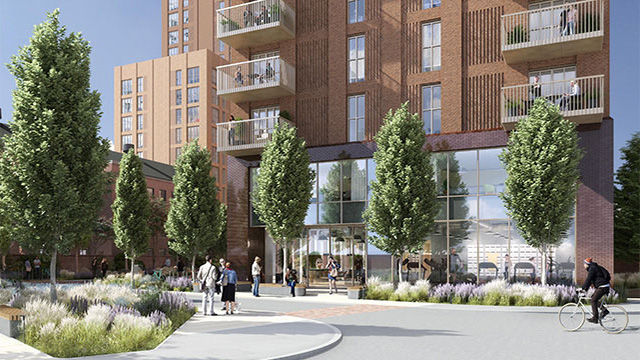Whatever other bells and whistles are attached to enterprise zones, the headline attraction for most developers and occupiers is the business rates exemption, which is worth up to £275,000.
But developers looking at the Bristol Temple Quarter enterprise zone worry that the business rates break will slip out of their grasp if one of the other perks – a simplification of planning rules – is not introduced quickly.
The government is providing a subsidy enabling enterprise zones to offer business rates exemptions of up to £55,000 a year for five years for any business. This is good news for businesses already in the enterprise zones, but adds pressure on developers, which must find occupiers by the April 2015 cut-off date, although subsidies will run until 2017.
Bristol’s approach to the simplified planning regime is to produce local development orders allowing specific uses in the 173-acre area centred on the city’s Temple Meads railway station.
But nearly a year after the zone was announced, the council has produced only one LDO, allowing temporary uses on a 5-acre car park. The LDO permits workspace in portable cabins or containers, and open-air uses such as a cinema or an urban beach.
The ambition of the local enterprise partnership is to create “a freshers’ week feel” to its enterprise zone, modelled on London’s Camden Lock and Gabriel’s Wharf. Bristol Council is considering similar temporary uses on another site recently acquired by the Homes and Communities Agency.
LDOs for more permanent uses hinge on Bristol producing a “spatial framework” for the zone, which the council hopes to have completed by the autumn.
The council says its approach reflects the fact that developers are unable to raise funding for permanent schemes in the current climate. But there are developers prepared to build, and for them the clock is ticking.
Verve Properties, developer of The Paintworks redevelopment of the former Central Trading Estate, has consent for 350,000 sq ft of workspace, but what it will develop depends heavily on meeting that spring 2015 deadline.
Trading estate
“We will build as much as we can fill by April 2015, but we won’t do any more without that stimulus. It would have been better if the opportunity had been available for five years,” says Verve director Ashley Nicholson.
The Paintworks epitomises what the LEP wants to achieve with the area, and explains the zone’s curious shape. The boundary takes in the area around Temple Meads railway station and then doglegs down to include The Paintworks.
In 2003, Verve took on the former trading estate – named after a paintworks that was previously there – and developed the buildings to create start-up workspace that attracted local entrepreneurs in the creative and technical sectors. It has been fully let almost from the start, prompting the LEP to home in on the same sectors for the enterprise zone.
Nicholson says this is a good move by LEP: “It is like a mass of ice beneath the waterline; there are a lot of creative people out there. They are all low-cost base because their only resource is themselves, so business premises is their biggest cost.”
But the zone also includes more conventional uses, and takes in a slice of Bristol’s prime office quarter. This means one of the beneficiaries of the business rates break is the big Bristol law firm Burges Salmon, which moved into One Glass Wharf in 2010. It was joined by marketing firm Creston, which took 28,000 sq ft of the building this year, with enterprise zone status being one of the attractions, according to letting agent Simon Price, of Alder King.
One Glass Wharf was developed by Castlemore Securities, which went into administration in 2009. Aerium bought the building in 2011. Salmon Harvester, a joint venture between Salmon Property and NFU Mutual, has acquired four former Castlemore sites, all with planning consent in the zone.
Salmon’s Rorie Henderson says he would be very surprised if the firm did not build No 2 Glass Wharf, which has consent for 145,000 sq ft of offices, in the next year. The business rates deadline is less critical to developments of Salmon’s scale because “it is limited to £55,000 a year”. The developer wants a single tenant for the building, and says a number of occupiers are seeking space in Bristol, including the BBC.
Being in the zone has wider benefits, says Henderson. “If you are in the enterprise zone you know you are going to be in the focus for the next 25 years, with whatever benefits that brings.”











